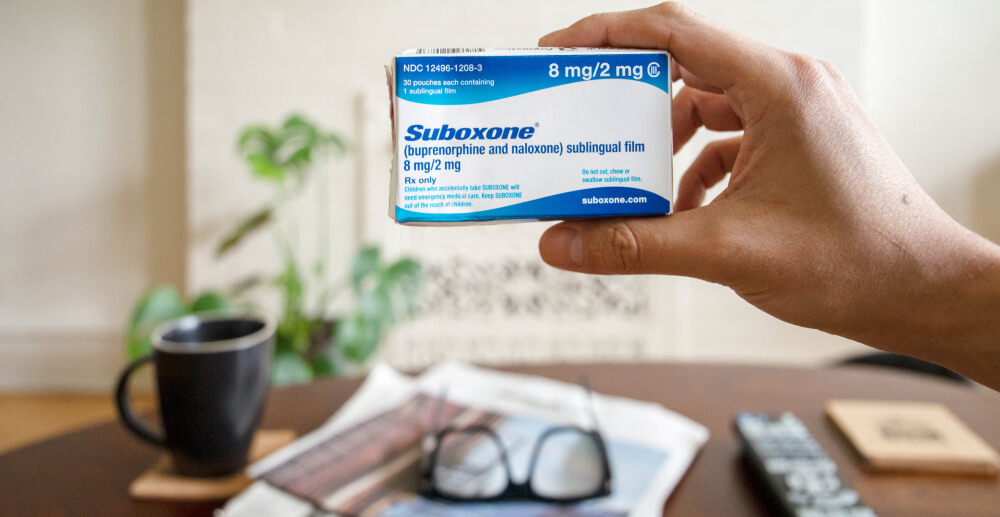Polysubstance use is the term for using more than one substance (drugs, alcohol, mushrooms, etc.). There are a lot of reasons why someone might do this. Sometimes people mix drugs seeking an enhanced effect or better high. Others try to compensate for an unwanted effect of one drug by adding another to the mix. Some folks have multiple, co-occurring substance use disorders. And sometimes people just take what is offered or available. The terms “polysubstance use” or “polydrug use” can sound distant and scientific, but mixing drugs is extremely common.
Examples of polysubstance use:
- Taking a cocktail of drugs at a party
- Using heroin you didn’t realize was mixed with xylazine
- Having a benzo and then later taking meth to “cancel it out”
- Drinking alcohol while using cocaine
- Taking a speedball
Why is mixing drugs so dangerous?
Different substances bring their own unique risks. Sometimes people assume that combining them cancels out the effects and the dangers. Or they think that mixing drugs carries approximately the same risk as using either drug on its own. The truth is, the effects of polysubstance use are unpredictable, but are often more dangerous than using either drug alone.
In general, polysubstance use increases the risk of overdose. There can also be serious and sometimes unexpected drug interactions. When these situations occur, they can be harder to treat because of the multiple substances involved, especially if the medical team has trouble identifying everything that was taken. What works to treat an overdose of one substance (like naloxone to reverse opioid overdose), will have no effect on another. The CDC reports that 50% of drug overdose deaths in 2019 involved more than one substance.
Risks of specific drug combinations
As mentioned above, one of the problems with mixing drugs is that the outcomes are unpredictable. But there are some risks that are more likely with certain combinations. Let’s look at the most common risks associated with combining certain kinds of substances.
First, here are the basic categories of substances that we’ll discuss:
Simulants (uppers): ecstasy, cocaine, methamphetamine, speed, prescription stimulants
Depressants (downers): opioids (heroin, fentanyl, prescription opioids, etc.), benzodiazepines (Valium, Xanax, Klonopin, etc.), xylazine, alcohol, barbiturates
Psychedelics (hallucinogens): LSD, PCP, mushrooms, peyote
Stimulants + Stimulants:
Combining more than one drug in the stimulant category usually amplifies the effect and dangers. This means that a person may experience poor judgment, impulsiveness, racing heart, trouble breathing, nausea/vomiting, and fever to an even greater extent than when using one stimulant alone. Combining multiple stimulants increases the risk of serious health consequences including:
- Heart attack
- Seizures
- Stroke
Depressants + Depressants:
Taking different central nervous system depressants can intensify their effect, leading to a great chance of extreme sedation, depressed breathing, and coma. Mixing depressants increases the risk of serious health consequences including:
- Brain damage
- Overdose
- Death
Stimulants + Depressants:
Combining stimulants with depressants can have unpredictable effects, which can vary based on what substances are taken, how much, and body mass of the person taking them. Because the effects are unpredictable, it is difficult to guard against negative ones (from seizures to blurred vision to elevated heart rate). Additionally, stimulants and depressants may mask one another, leading to a person taking more of them than intended. Combining stimulants with central nervous system depressants increases the risk of serious health consequences including:
- Overdose
- Heart failure
Stimulants + Psychedelics:
Taking both stimulants and psychedelic drugs can lead to hallucinations, unpredictable and irrational responses, and dangerous behavior. A person may put themselves in great physical danger in response to something they are seeing or hearing that does not exist. Combining stimulants with psychedelics also increases the risk of serious health consequences including:
- Paranoia/anxiety
- Heart attack
- Stroke
Depressants + Psychedelics:
Just as with combining stimulants and psychedelic drugs, mixing depressants and psychedelic drugs can lead to hallucinations, unpredictable and irrational responses, and dangerous behavior. It can also increase the likelihood of experiencing paranoia, anxiety, and sadness. Taking depressants and psychedelics together can increase the risk of serious health consequences including:
- Overdose
Harm reduction:
By far the biggest harm reduction tip is to not mix substances. But if you are going to engage in polysubstance use, here are some ways to reduce harm and risk:
- Don’t use alone. Have someone with you and be in a safe place.
- Keep naloxone on hand in case of opioid overdose, and know how to use it. Because of fentanyl’s increasing, unexpected presence in other drugs, it’s wise to have naloxone handy even if you don’t plan to use opioids.
- Make sure everyone present knows to call 911 in case of overdose or dangerous symptoms. Most states have Good Samaritan laws to protect those who report an overdose.
- Have condoms/dental dams, as polydrug use often lowers inhibitions around sexual behavior.
- Use in a place where you won’t need to drive afterward. If possible, put your keys out of reach so you’re not tempted to drive while your judgment is compromised.








